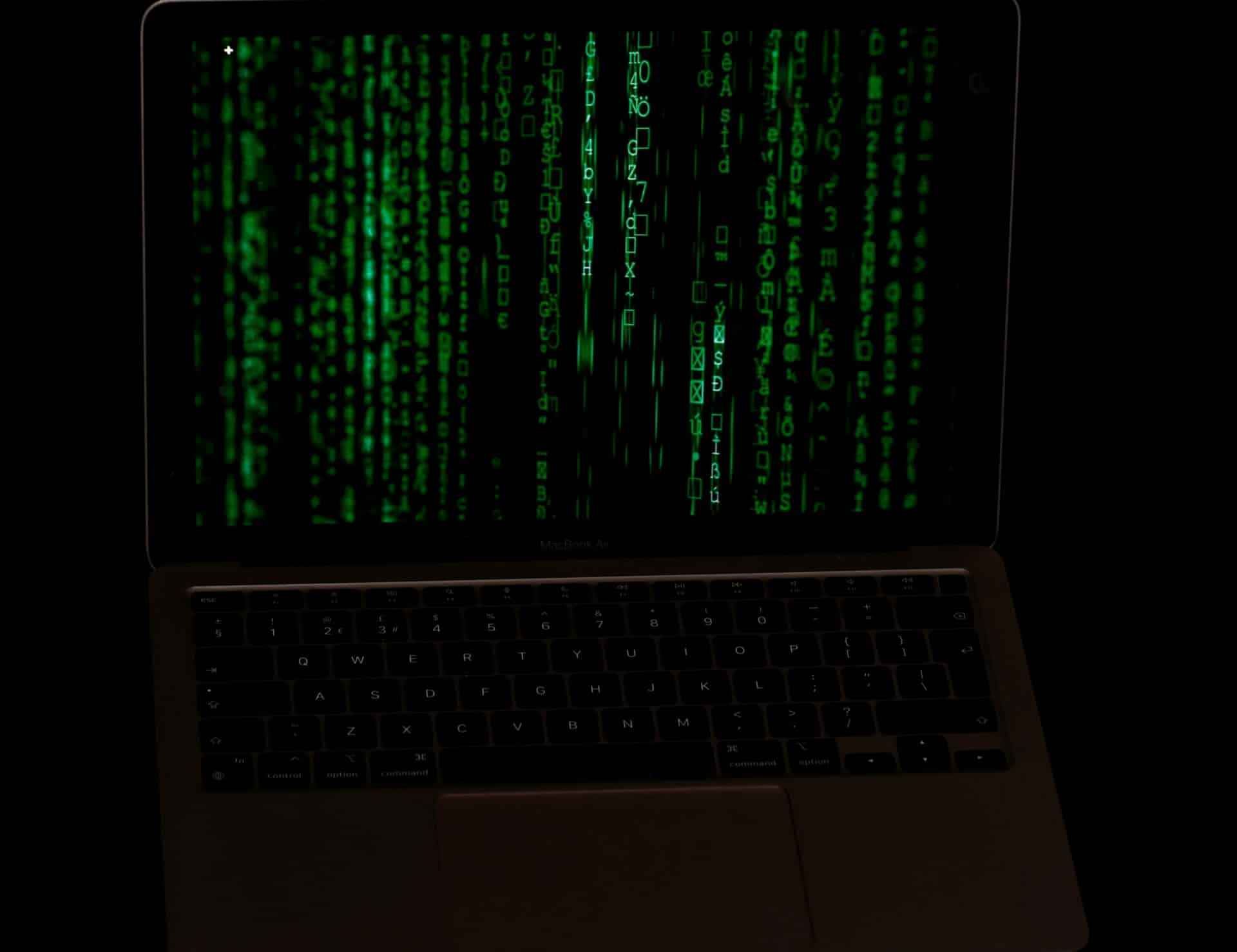Cyberattacks are on the rise, and universities are finding themselves in the crosshairs. These institutions rely heavily on technology for everything from delivering classes to managing campus safety. Imagine a ransomware attack shutting down vital systems like research databases or student communication platforms—that’s enough to bring an entire campus to a grinding halt.
But the risks don’t stop at the digital level. Cyber threats often spill over into the physical world, jeopardizing access to buildings and even the security of students and staff. That’s why schools need an approach that tackles both sides of the problem, combining cybersecurity with physical safety measures.
Here’s a practical guide to understanding these threats and how solutions like SafeZone can help your campus stay safe.

The Double Threat Facing Universities
Hackers are targeting higher education more than ever before. It’s not just about stealing data; they’re going after infrastructure. A recent attack on CrowdStrike, for example, disrupted critical systems all over the globe. Now picture that same scenario happening on a university campus. What would the impact be?
- Disrupted Operations: Students can’t access learning platforms, researchers lose access to essential data, and campus communications break down.
- Security Risks: If access systems fail during an attack, anyone could walk into sensitive areas unnoticed.
- Financial Pressure: The cost of downtime, recovery, and reputational damage is enormous.
These are just a few reasons why universities need to rethink the way they handle security.
Why Cyber and Physical Security Must Work Together

For years, campuses treated cybersecurity and physical safety as separate issues. But in reality, the two are connected. A hacking event that disables access control systems doesn’t just compromise data; it puts students and staff at risk.
On the flip side, a physical breach of a server room could lead to data theft. The key takeaway? Universities need to unify their defense strategies to handle these intertwined threats.
How SafeZone Steps Up
SafeZone was designed to bridge the gap between cyber and physical security. It’s more than just a safety app; it’s a platform that helps campuses prepare for and respond to complex threats efficiently.
1. Stay Connected During Crises
When systems are down, clear communication becomes the lifeline. SafeZone provides encrypted, reliable channels to keep conversations secure, whether it’s a ransomware event or a network outage.
- Resilient Messaging: SafeZone’s chat feature works even during technical glitches, ensuring IT and security teams stay coordinated.
- Campus Alerts: Students and staff get accurate updates fast, helping everyone make better decisions.
2. Automated Responses in Real-Time
Manual protocols often slow down emergency responses. SafeZone changes that with automation.
- Integrated Alerts: It syncs with cybersecurity tools like CrowdStrike, triggering automatic actions such as notifying IT staff or initiating lockdowns.
- Streamlined Workflows: Predefined protocols eliminate human error, so everyone knows what to do immediately.
3. Unified Command for Complex Scenarios
When a cyber or physical threat occurs, you need everyone on the same page. SafeZone combines data from both worlds to create a clearer picture.
- Live Location Monitoring: Security teams can track where help is needed most, directing resources more efficiently.
- Fast Recovery: Once the crisis is over, SafeZone allows institutions to communicate the all-clear quickly to minimize downtime.

Building a Resilient Campus
The threats to higher education are evolving. To keep up, schools need to focus on prevention and preparedness. Here’s how SafeZone can help strengthen your campus security strategy.
Proactive Preparation
- Test emergency protocols regularly to identify weaknesses.
- Train staff and students to use tools like SafeZone effectively.
- Collaborate with IT to align cyber and physical security goals.
Responding to New Risks
With SafeZone, universities gain the flexibility needed to adapt to unexpected challenges, whether that’s a cyberattack or a coordinated physical breach.
- Tailor Workflows to your campus’s specific needs.
- Communicate Instantly when situations change.
By combining technology and proactive planning, your institution can turn uncertainty into readiness.
What’s Next?
Universities can’t afford to separate cybersecurity from physical safety anymore. With the right tools and a cohesive strategy, campuses can protect their people, data, and reputation more effectively.
Are you ready to take the next step in campus security? SafeZone provides an integrated solution for the modern threats facing higher education. Contact us today to learn how to safeguard your campus against ransomware and other emergencies.
